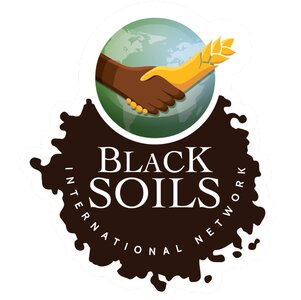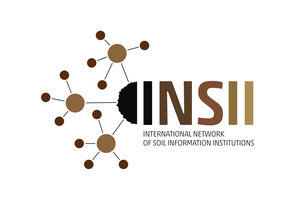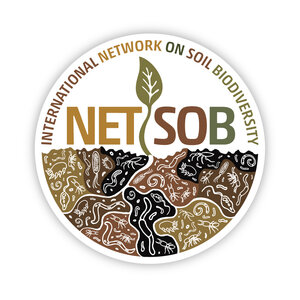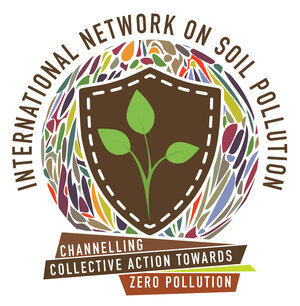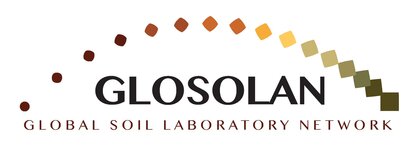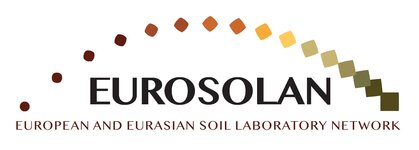Action Area 6: Foster Technical Cooperation conducive to Gender Parity and Youth Engagement
Many European experts support the technical networks of the Global Soil Partnership. These networks respond with data and information to questions of policy makers and other stakeholders. They are thus the technical backbone of the global soil governance (for the European soil governance, see Action Area 2).
Besides technical networks, various ESP partners have established bilateral and multilateral agreements or cooperations with FAO. The Healthy Soils Facility of the GSP has been established as the technical tool to cooperate with FAO through the GSP in their effort to support international cooperation.
The cooperation of technical networks follows the agenda set by the GSP Action Framework 2022-2030. Through these technical networks, as well as the Intergovernmental Technical Panel on Soils (ITPS), the GSP aspires to provide scientifc advice on soils to the GSP, FAO, the UN Rio Conventions and other relevant UN multilateral environmental agreements.
View below the global technical networks and global activities in which European experts participate.
Global Technical Networks
ESP partners contribute to all of them.
The International Network on Black Soils (INBS) has prepared an assessment of the status of Black Soils in the World and developed a global Black Soil distribution map (GBSmap).
Black Soils are among the most fertile soils of the world. In the ESP region these soils appear predominently in central eastern Europe and Eurasia. ESP experts advise on the condition and threats to these precious soils.
The International Network of Salt-affected Soils (INSAS) has produced a map of salt-affected soils (GSASmap) and developed a guideline for its management for farmers. Four European and five Eurasian countries have developed national maps following agreed global specifications. In the ESP region, salt-affected soils predominantly occur in southern and south-eastern countries with at least seasonal arid climatic conditions, which favor the accumulation of salts in the top soil.
The International Network on Soil Information Institutions (INSII) has developed the Global Soil Information System (GLOSIS), that contains indicators systems and indicator maps. The following maps have been produced under INSII until now:
| Global maps | ESP contributions |
|---|---|
| Global Black Soil Distribution Map (GBSmap) | 5 countries |
| Global Salt Affected Soils Map (GSASmap) | 9 countries |
| Global Soil Organic Carbon Map (GSOCmap) | 24 countries |
| Global Soil Organic Carbon Sequestration Potential Map (GSOCseq) | 17 countries |
The International Network on Soil Biodiversity (NETSOB) focuses on the sustainable use and conservation of soil biodiversity and contributes to the Global Soil Biodiversity Observatory (GLOBSOB) as a harmonized approach for country driven collection of soil biodiversity measurements. A webpage for GLOBSOB is to be established.
Since only about one percent of soil organsism have been identified so far and soil biodiversity loss is one of the main global threats to food security in many world regions, NETSOB aims at improving knowledge on soil biodiversity and the adaption of sustainable practices.
The International Network on Soil Pollution (INSOP) works on stopping soil pollution and achieving the global goal of zero pollution through expanding knowledge, mapping and monitoring, as well as promoting and exchanging sustainable management and remediation of polluted soils.
Together with GLOSOLAN, INSOP contributes to trainings on soil pollution, as part of the FAO programme “Restoring Livelihoods and Revitalizing Rural Communities Affected by Mines and Explosive Remnants of War”.
The Global Soil Laboratory Network (GLOSOLAN) expands and improves the capacity of soil laboratories for the analysis and harmonization of soil data. GLOSOLAN is the overarching body of seven Regional Soil Laboratory Networks, that include Soil Laboratory Networks at the national level. Further, GLOSOLAN operates through the International network on Feritilizers Analysis (INFA) and invests into Spectroscopy (GLOSOLANSpec).
As one of the seven Regional Soil Laboratory Networks of GLOSOLAN, the European and Eurasian Soil Laboratory Network (EUROSOLAN) connects active partners in the region. Laboratories of the nework hold annual meetings to discuss their work plan and their position within GLOSOLAN.
In October 2024, 252 partners were contributing to EUROSOLAN.
